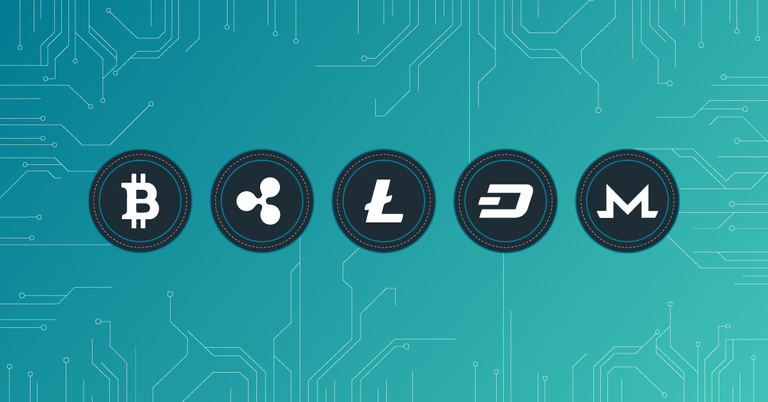You've decided to mine, huh? I guess you've got some kickass hardware lying around, or a few grand burning a hole in your pocket. The next question is, what should I mine and how do I set it up?
This is not financial advice and I am not a financial advisor. I also do not endorse any particular software and any software you choose to install comes with inherent risk. Be aware of these risks and make an informed decision

Deciding what you should mine is one of the most important decisions you'll make as a new miner. Choosing a currency that is profitable with your setup is critical to your success. Thankfully, Nicehash has a great tool that takes a lot of the guesswork out (more on them later). Just select your hardware and the calculator will give you a good idea of which currency will be most profitable for that piece of hardware.
For easy reference, the two most popular that will come up are:
- Dagger Hashimoto - This is the algorithm of the Ethereum network. You will earn ETH mining this algorithm and is an excellent choice if your hardware is good for it. ETH has proven very stable during market turbulence and supports many trading pairs making it great for HODL or trading strategies.
*Cryptonight - This is the algorithm for Monero. XMR is well traded but often will need to be converted to ETH/BTC in order to make it useful for trading. This currency is better for HODL strategies, because you won't need to worry about the initial trade fee to buy something else you want.
Google can find you all sorts of software miners, some of which are open source and others that are not. They all have pros and cons. For Ethereum, there are two main miners:
Ethminer - This is your no nonsense command line ethereum miner. There are enough options that you have knobs to tweak and output is very straightforward. Support is pretty good, because a lot of people use it and Ethminer is open source, meaning more tech savvy users and contributors can investigate for themselves to ensure nothing sneaky is hiding in the background.
Claymore - The other very popular miner out there is Claymore. The main appeal of Claymore is that it can mine more than one currency at a time. Claymore can be configured to mine an altCoin in addition to ETH, like Sia (SC), Decred (DCR), or LBRY. These altCoins are so low valued and/or yield so little, their added value is questionable. In addition, mining multiple coins simultaneously on the same cards increases power demand and heat. There are two final considerations that also differentiate Claymore from Ethminer.
While it reports higher speeds, Claymore has what it calls a DevFee. The miner mines for its creator for 1 out of every 100 minutes or 2 minutes if the user is mining 2 coins. This difference does drag down overall speeds and negates some of the improved mining rate. This can be disabled using the "-nofee 1" parameter, but this also slows down the miner.
This is a closed source solution. Claymore (the person who created this miner) is so concerned about others defeating his DevFee mechanism, that he does not share the source for his work openly. This means there may be other things in the software users are not aware of.
CryptoNight has only one real miner that has gained popularity and that is XMR-Stak. This software is open source. It is available already compiled with a 2% DevFee built in like Claymore. This can be reduced to 1% by adding a flag at startup, OR you can compile it yourself with none. This is an open source project, so anyone can review source and compile their own. The GitHub page even advises how to do so.
The final popular option is NiceHash. NiceHash is the easy way to mine for sure. Install the software, run the benchmark, and off you go. All your coins mined will go to NiceHash where they will be sold to highest bidder for Bitcoin (BTC). Receiving BTC is very convenient, but NiceHash makes sure they get their cut and moving small amounts of BTC can be prohibitively expensive. This option is best if you just want some BTC and aren't in a hurry. You would be best to build up enough BTC (probably over a few months) and then transfer it to a more secure location like your offline wallet or exchange.
You will undoubtedly want to join a pool for mining if you are not using NiceHash. In my next article, I'll talk about how to compare various mining pools and choose a good one. Be sure to upvote and follow to make sure you see them all.
Congratulations @vivisected! You received a personal award!
You can view your badges on your Steem Board and compare to others on the Steem Ranking
Do not miss the last post from @steemitboard:
Vote for @Steemitboard as a witness to get one more award and increased upvotes!
Congratulations @vivisected! You received a personal award!
Click here to view your Board